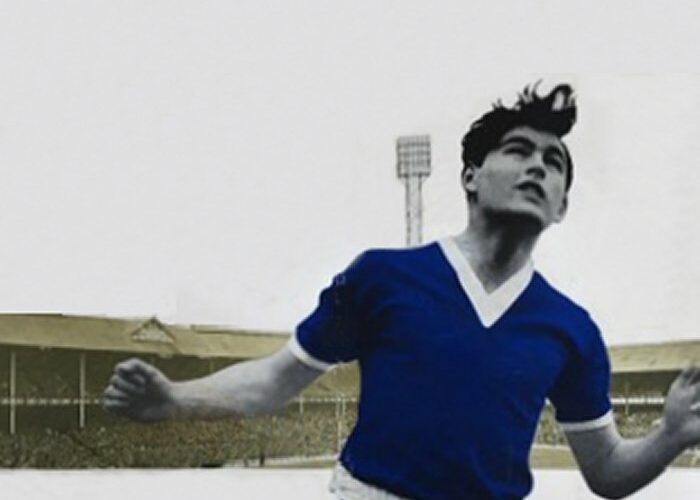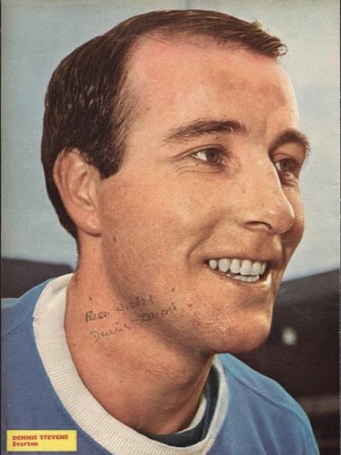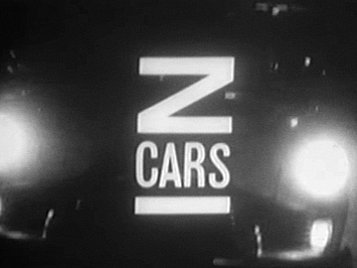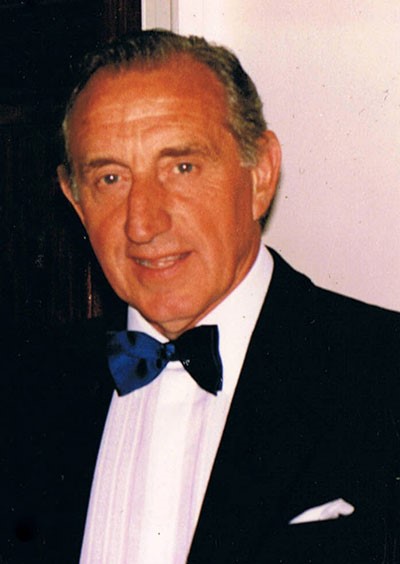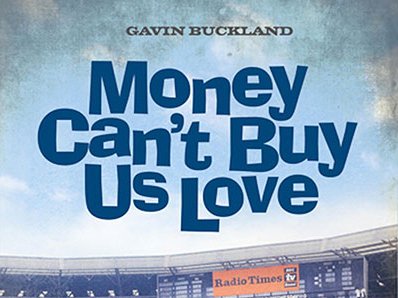Barry Rees: A Blue from Rhyl
Barry Rees was a bright young lad who originated from Rhyl in North Wales. An excellent footballer from an early age, he caught the eye of an Everton scout. Having represented his county of Flintshire, he eventually made the grade as a professional footballer. Barry impressed his manager sufficiently to feature in four first team games, netting twice, before being sold to Brighton and Hove Albion. Barry died in tragic circumstances at the age of 21 and I am indebted to Barry’s brother Geraint for sharing Barry’s all too short career with me. Barry was a bit of a home boy and he was forever coming back to Rhyl and staying at home, which manager Harry Catterick didn’t like, preferring his players to stay local…

